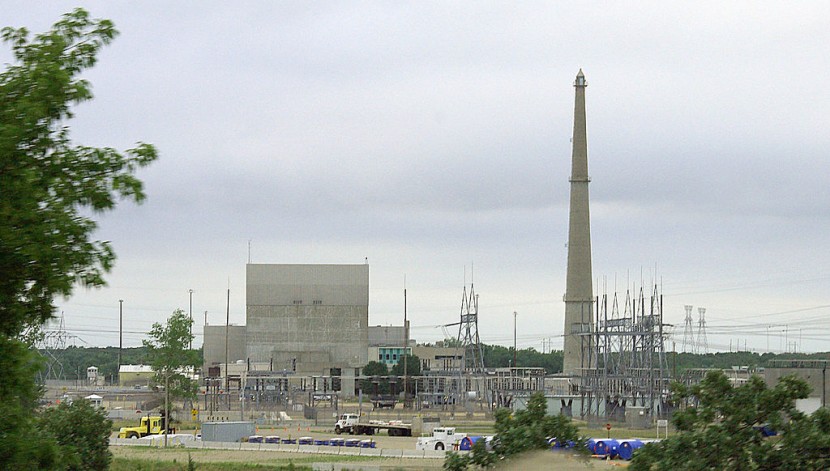
Minnesota authorities said on Thursday that they were keeping an eye on efforts to clean up a leak of 400,000 gallons of radioactive water at Xcel Energy's Monticello nuclear power plant.
Xcel Energy has assured the public that the radioactive water leak poses no threat to the public.
In a statement, the Minnesota nuclear plant company said it took rapid measures to confine the leak to the plant site, which "poses no health and safety risk to the local community or the environment," per NBC News.
Xcel Energy initially reported the tritium-contaminated water leak to state and federal officials in late November, but it was not made public until Thursday. Minnesota State authorities reasoned they waited for further information before disclosing the radioactive water leak.
Read Also: NASA Shows Spacesuits for New Lunar Mission
Mississippi River Is Safe From the Leak
The Mississippi River was not affected by the radioactive water leak, according to the Minnesota Department of Health's statement on its website.
The Minnesota Pollution Control Agency's industrial division head Doug Wetzstein that the facility's groundwater travels slowly in the path of the Mississippi River, per a CBS report.
Nuclear plants produce tritium, a naturally occurring radioactive hydrogen isotope. The Nuclear Regulatory Commission said that it produces weak beta radiation that cannot pass through human skin and does not go very far. According to the regulator, a person would only get a small dosage if they drank water from a spill.
Around one-fourth of the tritium that was spilled has so far been retrieved, and Xcel has indicated that it may construct above-ground holding tanks to contain the tainted water in Minnesota, reported AP News.








